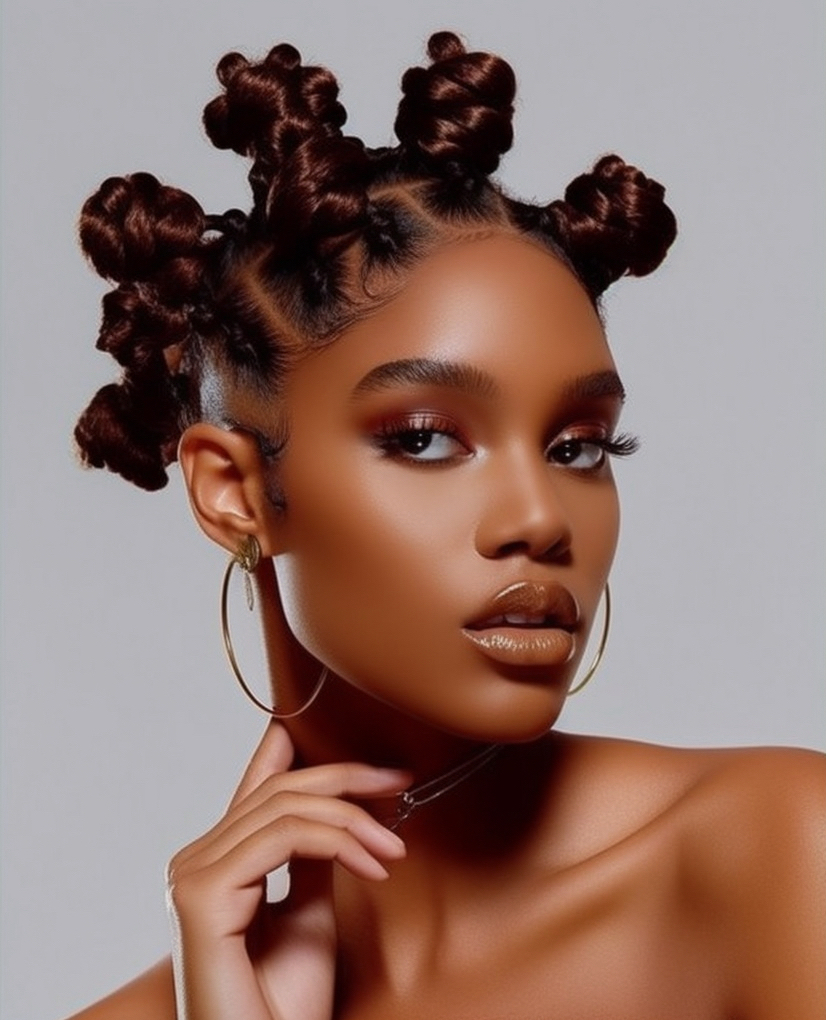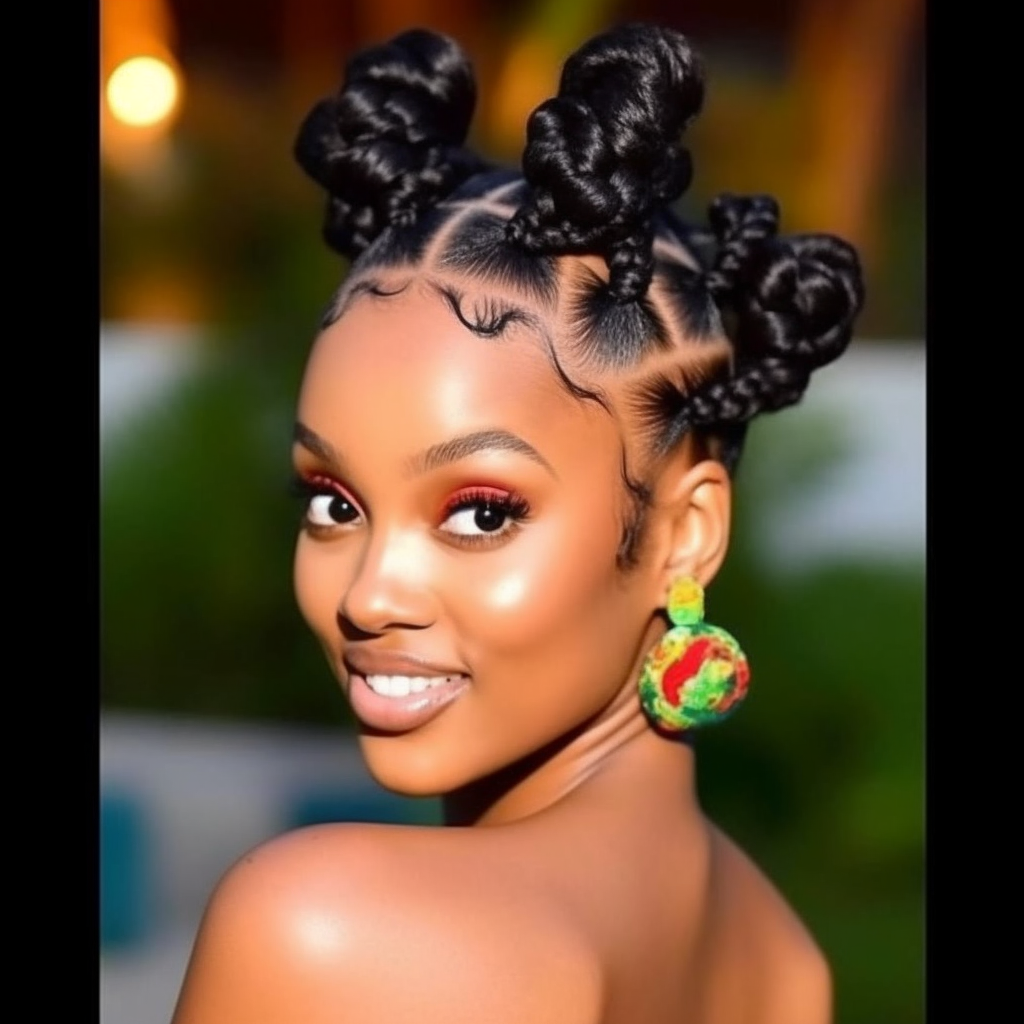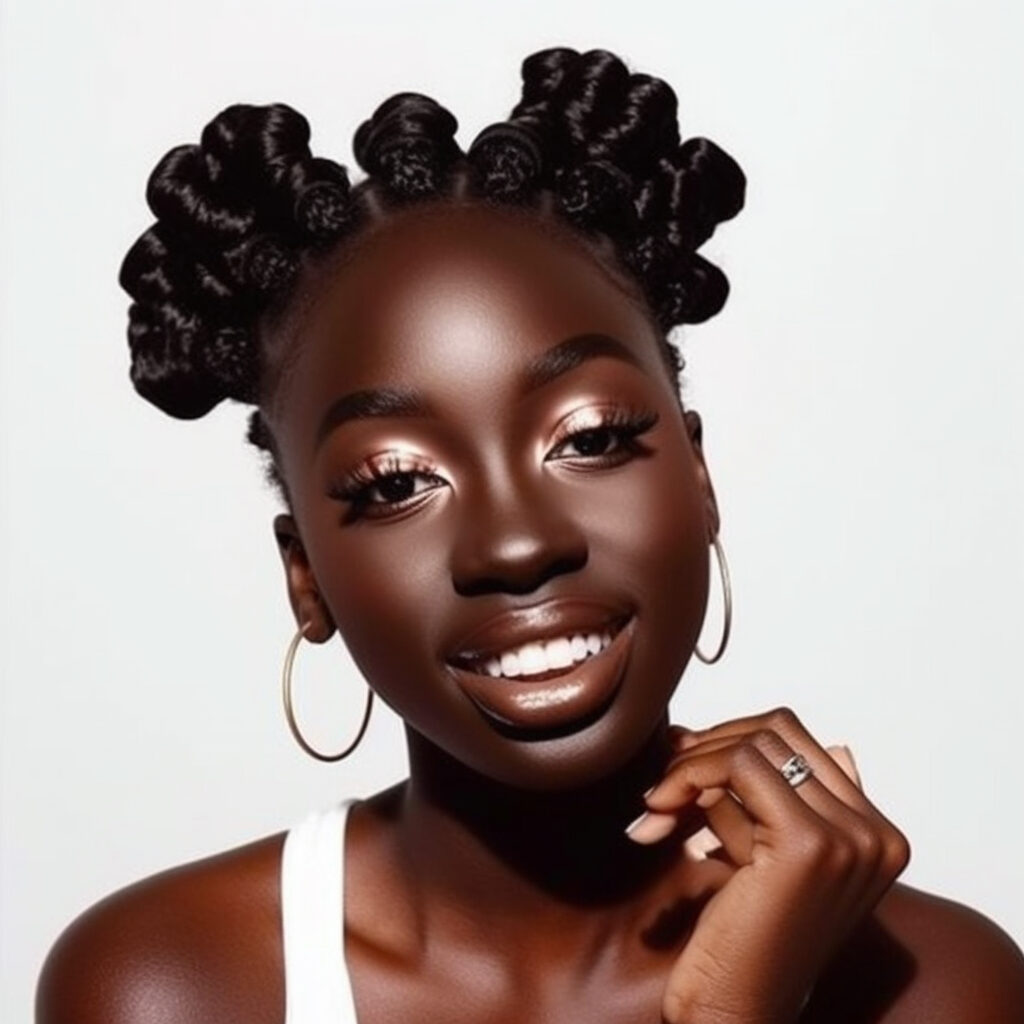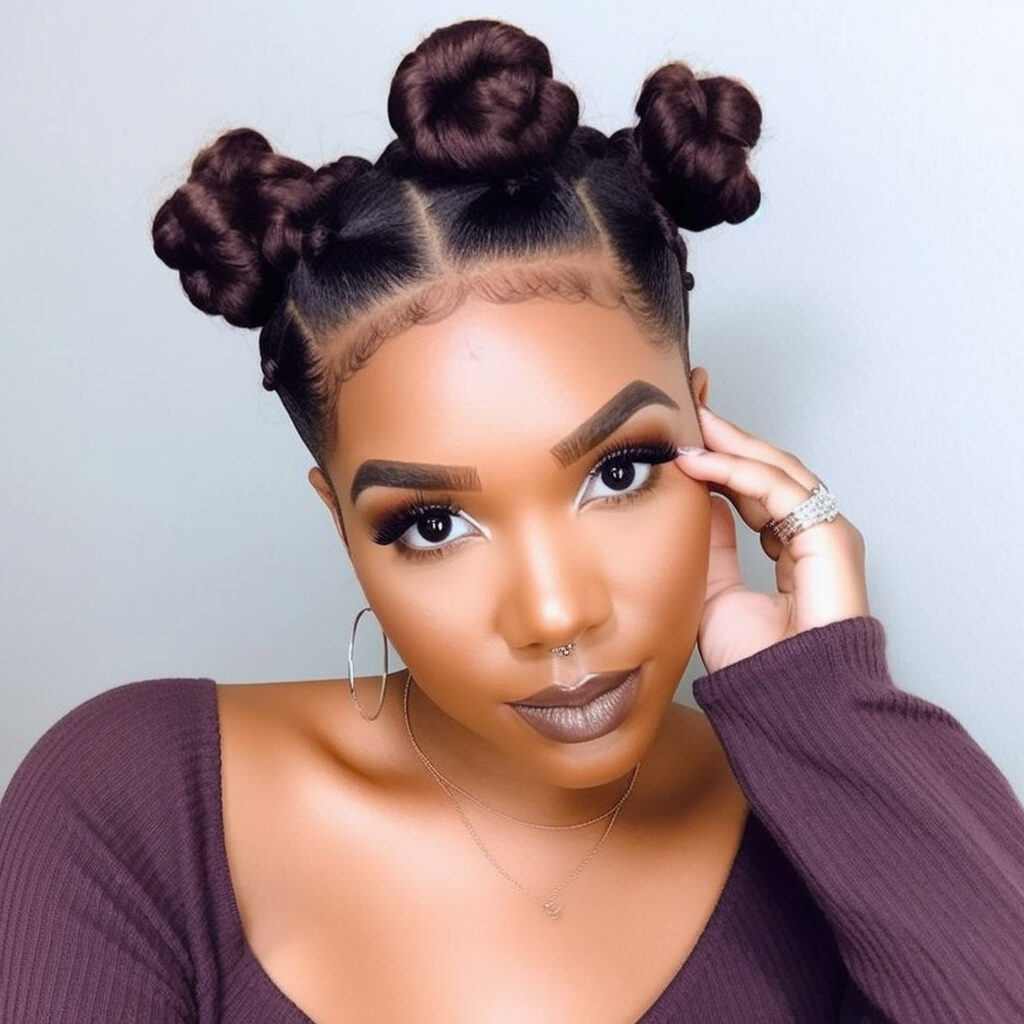FAQs:
What are Bantu knots?
Bantu knots are a traditional African hairstyle where the hair is twisted or braided into small sections and wrapped into tight knots. They are known for their distinct appearance and versatility in creating different looks.
Can anyone wear Bantu knots?
Yes, anyone with textured or curly hair can wear Bantu knots. They work well on various hair types, including natural hair, relaxed hair, and hair extensions. Bantu knots can create beautiful curls and are a popular choice for those looking to enhance their natural texture.
How long do Bantu knots need to set?
The time required for Bantu knots to set varies depending on the hair texture and thickness. It can range from a few hours to overnight. It’s best to keep the knots in until the hair is completely dry to ensure the curls are well-formed and long-lasting.
How do I maintain Bantu knots overnight?
To maintain Bantu knots overnight, you can wrap your hair with a silk or satin scarf or sleep on a satin pillowcase. This helps to reduce frizz and preserve the shape of the knots. In the morning, carefully unravel the knots and style your hair as desired.
Can I style Bantu knots in different ways?
Absolutely! Bantu knots offer versatility in styling. You can wear them as individual knots all over your head, create patterns with different-sized knots, or even twist the knots together for a unique look. After unraveling the knots, you can enjoy the defined curls or further style them into an updo or half-up hairstyle.
Bantu knots have a rich history rooted in African culture. The Bantu people, who are indigenous to many parts of sub-Saharan Africa, have long embraced this hairstyle. Bantu knots were not only a practical way to style their hair but also a cultural expression and a symbol of identity.
Products Needed:
- Wide-tooth comb or detangling brush
- Moisturizing leave-in conditioner or styling cream
- Hair gel or styling product for hold
- Hair clips or bobby pins (optional)
- Satin scarf or pillowcase for overnight setting
Tutorial:
Step 1: Prepare the Hair
- Start with clean, moisturized hair. Use a wide-tooth comb or detangling brush to gently detangle and remove any knots or tangles.
Step 2: Section the Hair
- Divide your hair into small sections using your fingers or a comb. The size of the sections will depend on your desired knot size and the thickness of your hair. Secure the rest of the hair out of the way using hair clips or bobby pins.
Step 3: Twist and Knot
- Take one section of hair and apply a small amount of leave-in conditioner or styling cream for moisture. Begin twisting the section from the root to the ends, keeping it tight and close to the scalp. Once the entire section is twisted, wrap it around itself to create a knot. Secure the knot by tucking the end under or using a hairpin if needed. Repeat this process for each section of hair.
Step 4: Set and Dry
- Allow the Bantu knots to air dry or use a diffuser attachment on a low heat setting to speed up the drying process. For long-lasting results, it’s best to let the knots set for several hours or overnight.
Step 5: Unravel and Style
- Once the knots are completely dry, gently unravel them one by one. Avoid pulling or tugging to minimize frizz. Use your fingers to separate and fluff the curls. You can leave the curls as they are or further style them into an updo, half-up hairstyle, or any other desired look.
Remember to have fun experimenting with different variations and styles of Bantu knots to find what works best for you. Enjoy the versatility and beauty of this traditional African hairstyle!




